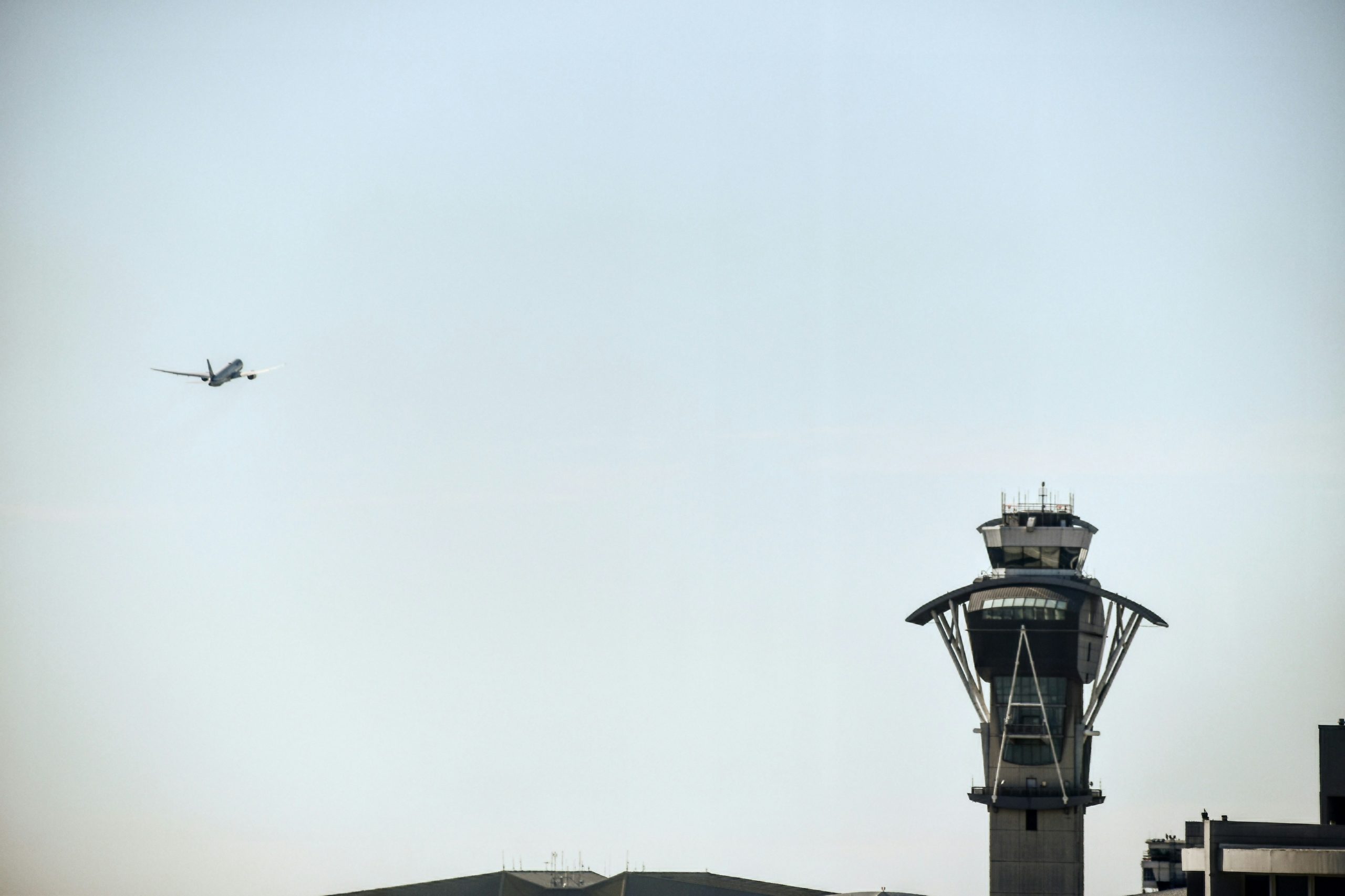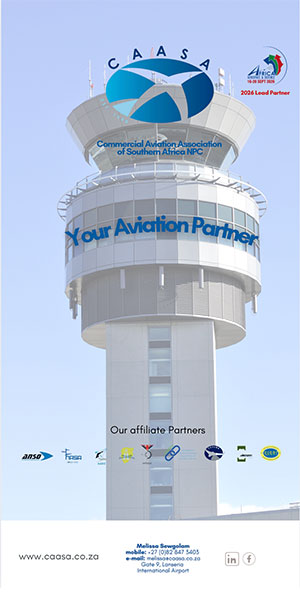The world’s aviation sector is undergoing a historic transformation. Air Traffic Control, or ATC, has been dominating headlines globally, with more and more pressure being put on the industry to evolve and ensure the systems are capable of managing modern challenges. The latest news out of North America has shown a tremendous cash injection, which has been directed at the ATC in the US, mirroring the need for global overhauls worldwide.
Amid mounting concerns about staffing shortages, outdated technology, and growing airspace demands, governments are finally making serious financial and operational commitments to modernise their air navigation infrastructure. We took a look at this investment, what is being done in Africa, and particularly South Africa, and what is expected for the ATC in the near future.
The U.S. Leads with a $12.5 Billion Investment
In a rare weekend session in mid-May, the U.S. House Budget Committee approved the 2025 fiscal budget, dubbed the “Big Beautiful Bill,” which includes an unprecedented $12.5 billion in funding dedicated to airport and ATC infrastructure projects. A major vote on the bill is expected by the end of the week.
Titled “Air Traffic Control Staffing and Modernisation,” a dedicated section in the 1,116-page budget outlines an ambitious upgrade agenda to be administered by the Federal Aviation Administration (FAA) through to September 2029. The key allocations include:
- $2.16 billion for replacing air traffic control towers and radar approach facilities;
- $3 billion for radar system upgrades;
- $4.75 billion for telecommunications and system replacements;
- $1 billion for recruitment and training of air traffic controllers;
- $1.05 billion for runway safety and airport infrastructure.
These upgrades aim to address long-standing issues such as outdated radar systems, reliance on copper wiring, and even the use of obsolete storage like floppy disks—a concern that Airlines for America (A4A) has long criticised.
In a statement, A4A called the funding “a vital down payment” on upgrading a system that currently manages 27,000 daily flights and supports 5% of the U.S. GDP. The group also lauded the bill’s investment in Customs and Border Protection staffing and next-generation aviation workforce development.
The US is Not Acting Alone (For Once)
Across the Atlantic, South Africa is facing its own reckoning with ATC infrastructure, following a series of operational failures and service delays. On 12 December 2024, Minister of Transport Barbara Creecy convened a Ministerial Intervention Team (MIT) to investigate the root causes of persistent problems at the Air Traffic and Navigation Services (ATNS) company.
The diagnostic report, finalised in January 2025, revealed several systemic failures, including:
- Critical staffing shortages;
- Unreliable communication, navigation, and surveillance (CNS) systems;
- Lapsed flight procedures essential for poor-weather landings;
- Gaps in safety governance and oversight.
In response, the government has launched a four-pronged recovery plan:
- Accelerated recruitment of air traffic controllers and reactivation of the training pipeline;
- Upgrading CNS systems, with procurement processes already underway and partnerships with OEMs established;
- Restoration of flight procedures, particularly at major airports, to mitigate weather-related disruptions;
- Rebuilding governance and safety accountability, including independent oversight and closure of audit findings.
In a major leadership shakeup, Minister Creecy also ordered the suspension of ATNS CEO Ms Nosipho Mdawe and appointed CFO Mr Matome Moholola as acting CEO, pending an independent investigation.
“These findings reveal several grave and material issues within the ATNS,” Creecy said. “However, we are beginning to notice progress, and these interventions are crucial for upholding our international obligations under the Chicago Convention.”
Africa’s Aviation Growth Adds Pressure and Opportunity
The timing of South Africa’s ATC overhaul is critical. Africa’s aviation market is experiencing rapid growth, attracting infrastructure investment and technological innovation across the continent. According to AviaPro Consulting and African Leadership Magazine, increasing demand for air travel is putting pressure on outdated ATC systems, but also opening doors for long-term strategic investment.
Modernising air traffic services is seen not only as a safety imperative, but also as a key to unlocking economic growth, trade, and connectivity across Africa.
A Global Mission in Motion
The parallel efforts in the U.S. and South Africa signal a broader, global movement toward modernising air traffic control infrastructure. With air travel demand expected to double over the next two decades, the push for smarter, safer, and more resilient aviation systems has become an urgent global priority.
What was once seen as routine back-end infrastructure is now centre stage, proving that safe, efficient skies are not just a convenience, but a cornerstone of economic growth, national security, and global connectivity.
















